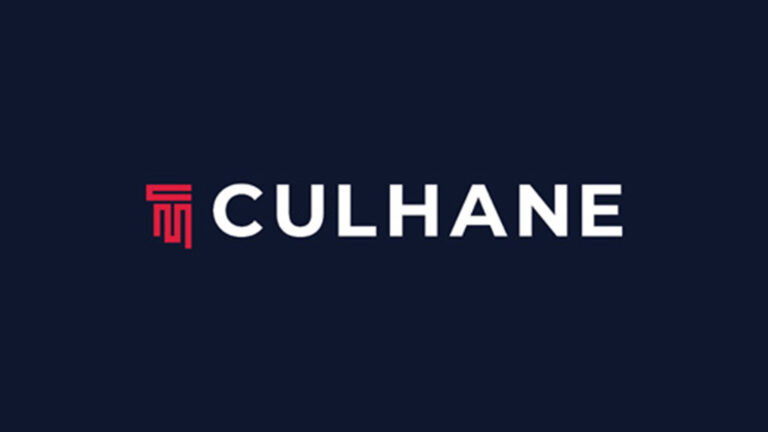As an attorney, I generally enter an outsourcing transaction mid-stream … sometimes when the deal is “done” (guess what, it rarely is) and the parties are ready for the lawyers to document the agreed terms and fill in the boilerplate, and other times (if I am lucky), when the front end work has been completed and the customer is ready to release a request for proposals to prospective service providers. In either situation, I have found that the clients which organize their efforts from the outset and perform an appropriate level of analysis and diligence are the ones most likely to succeed in achieving their objectives.
The first step (even before making a definitive decision to outsource) should always include establishing the goals of the transaction. Note that “goals” is plural (it is rarely, if ever, just about cost savings). Goal setting should not be just a “check the box” exercise, but rather the development of a tool that will serve as a guide throughout the rest of process, keep the deal team focused, and provide a baseline against which to measure progress. In fact, if during the diligence period (either before or during the service provider selection process), it becomes apparent that one or more of the original goals cannot be achieved, the entire deal may need to be re-evaluated or perhaps even abandoned.
 Establish an appropriate level internal support and executive sponsorship for the project to reduce the likelihood that the deal will be sidetracked midstream and, more important, to empower the negotiating team as they fight through the difficult issues with the selected service provider(s) (which enters with an advantage … outsourcing is their business).
Establish an appropriate level internal support and executive sponsorship for the project to reduce the likelihood that the deal will be sidetracked midstream and, more important, to empower the negotiating team as they fight through the difficult issues with the selected service provider(s) (which enters with an advantage … outsourcing is their business).
Secure the assistance of consultants, attorneys and other professional support, if not already engaged. These third party advisors will provide structure, support and industry experience that will be invaluable throughout the process. More importantly, they will identify, and assist in addressing, issues early in the process which could prove more difficult (or costly) to overcome later.
Prepare a communication strategy, initially focused on employees. Affected employees will hear about any potential outsourcing early in the planning process, perhaps even before executive management does … and certainly once the internal diligence process starts. The human resources department and labor and employment counsel should be consulted as part of development of the employee communication plan, as there are myriad notice and other legal requirements which may be implicated.
Perhaps the most significant preliminary step in the process involves internal diligence around existing business operations and establishing “real” baselines against which the outsourcing model, and each service provider’s proposed solution, will be measured. Start by defining precisely which business operations will be within scope, and then research and document existing cost and performance baselines for those operations. Cost baselines will be used to develop a desired pricing model, and performance baselines will be used to arrive at “expected” service levels, in each case, to be establish minimum qualifications for prospective service providers, and to evaluate each service provider against the competition.
Companies considering outsourcing projects should develop a process to address each of the issues outlined above, and to develop realistic timelines for completion of each step, from the initial strategy planning throughout the rest of the transaction. Outsourcing deals are complex transactions that require careful and deliberate consideration to achieve the established goals.
To learn more about Culhane Meadows’ outsourcing services, please click HERE.
 Jim Meadows brings nearly 30 years of experience focused almost exclusively on technology transactions and related legal matters. He counsels clients on technology matters outside of their traditional core competencies, ranging from structuring (or terminating) long-term or strategic information technology or business process outsourcing relationships to creating Internet and e-Business offerings to negotiating and documenting a wide variety of strategic and complex transactions. His clients are among the largest companies in the world, spanning a wide range of industries, including financial services and insurance, energy, transportation and logistics, travel, telecommunications, technology and related services, manufacturing and media services.
Jim Meadows brings nearly 30 years of experience focused almost exclusively on technology transactions and related legal matters. He counsels clients on technology matters outside of their traditional core competencies, ranging from structuring (or terminating) long-term or strategic information technology or business process outsourcing relationships to creating Internet and e-Business offerings to negotiating and documenting a wide variety of strategic and complex transactions. His clients are among the largest companies in the world, spanning a wide range of industries, including financial services and insurance, energy, transportation and logistics, travel, telecommunications, technology and related services, manufacturing and media services.












